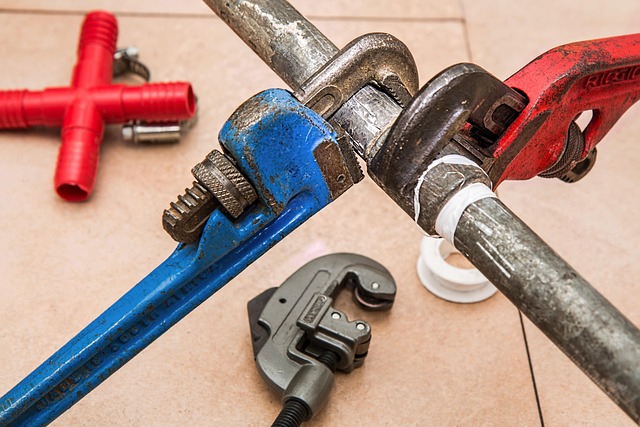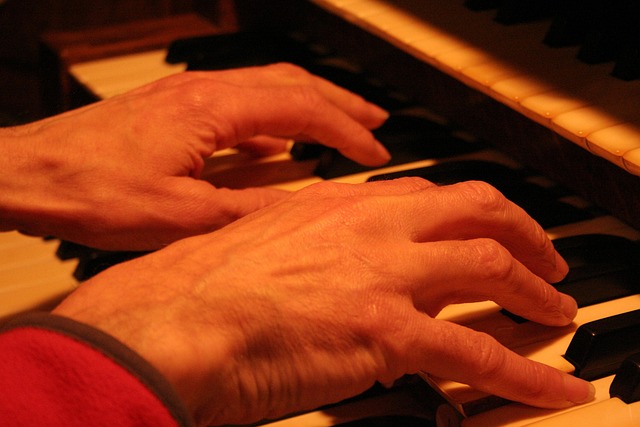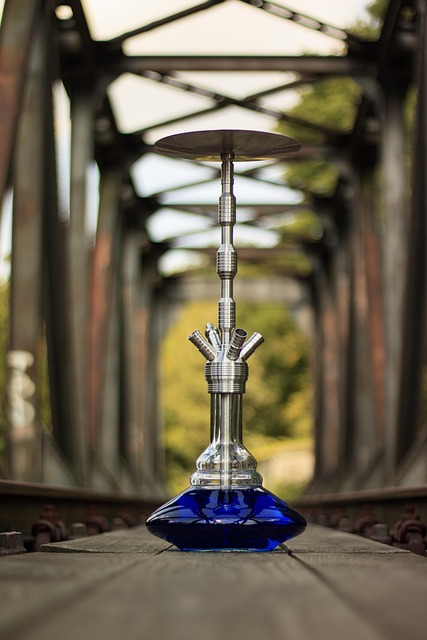Uncover essential Pipe Leak Detection Tips to prevent costly water damage in bathrooms and kitchens. Regular visual inspections for moisture, mold, corrosion, and toilet leaks are crucial. Install water detectors or use color-changing tablets to swiftly identify issues. Monitor areas with frequent water exposure, like under the sink, and listen for dripping sounds or check water bills to save on repairs.
Discovering leaks in your home can be a challenging yet crucial task. From bathrooms to kitchens and laundry rooms, these hidden culprits often go unnoticed until significant damage occurs. This article explores five common areas where leaks may hide and provides advanced detection methods using sound, visual tools, and odor identification. Additionally, it offers essential pipe leak detection tips for prevention and maintenance, ensuring your home remains in top condition.
- Common Areas Where Leaks Can Go Unnoticed
- – Bathrooms: From sinks to showers and toilets
- – Kitchens: Exploring potential leaks under the sink and around appliances
Common Areas Where Leaks Can Go Unnoticed

– Bathrooms: From sinks to showers and toilets

Bathrooms are common areas for leaks to go unnoticed due to their frequent water usage and often hidden plumbing fixtures. From sinks to showers and toilets, small drips can quickly turn into major issues. Regularly inspect your bathroom for any signs of moisture or mold, as these could indicate a leak. Check pipes under the sink for corrosion or damage, and don’t forget to examine the toilet for leaks at the base and around the flush valve. Implement Pipe Leak Detection Tips such as installing water detectors in strategic places or using color-changing tablets in tanks to quickly identify any suspicious activity.
– Kitchens: Exploring potential leaks under the sink and around appliances

In kitchens, potential leaks often lurk in areas that receive frequent water exposure. Start by exploring under the sink, where aging or damaged pipes can develop leaks unnoticed. Check for any signs of moisture, like stains on countertops or floors, and inspect the connections between pipes and appliances like dishwashers or refrigerators. Regularly examining these areas with a keen eye for subtle changes can help in early detection, preventing minor issues from turning into major water damage.
Additionally, pay close attention to the supply lines connected to your faucet. Over time, these flexible hoses can degrade, leading to leaks that may go unnoticed until significant water accumulation occurs. Implementing simple pipe leak detection tips, such as monitoring for dripping sounds or checking for sudden spikes in water bills, can help homeowners identify and address kitchen leaks promptly, minimizing potential damage and saving on costly repairs.
In navigating the intricate landscape of home maintenance, staying vigilant about potential pipe leaks is crucial. By understanding common hiding spots like bathrooms and kitchens, you can employ effective pipe leak detection tips. Regular checks and prompt action can prevent costly damages, ensuring your home’s plumbing system remains a reliable symphony of efficiency.
